Let me be clear and state that I’m not an interior designer. But, the truth is – I love designing spaces until I can’t anymore. After owning a vintage rental and styling business a few years back, I really came to the realization, I enjoy making spaces look pretty. I enjoy the process of finding what’s missing, arranging items in the right layout, and tweaking decor until it looks perfect. Again, I’m not an expert, but I love designing in my home. I’ve learned some simple tips on how to design a room and wanted to share them with you today.
1. Plan
Planning is one of the most important parts of your plan. It’s essential so that you’re happy with the space in the end. As the project gets underway, you can modify parts of your plan, to accommodate the space. So don’t feel stuck in the box with your plan, just use it as guide. If you’re taking on a kitchen or bathroom remodel, you may have to pivot a lot to accommodate budget and home blueprint constraints. However, with a general plan in place, you’ll stick true to your style and aesthetics. There are several elements of the planning phase including measuring, gathering inspiration, collecting fabric swatches, budget planning, and creating a design/mood board.
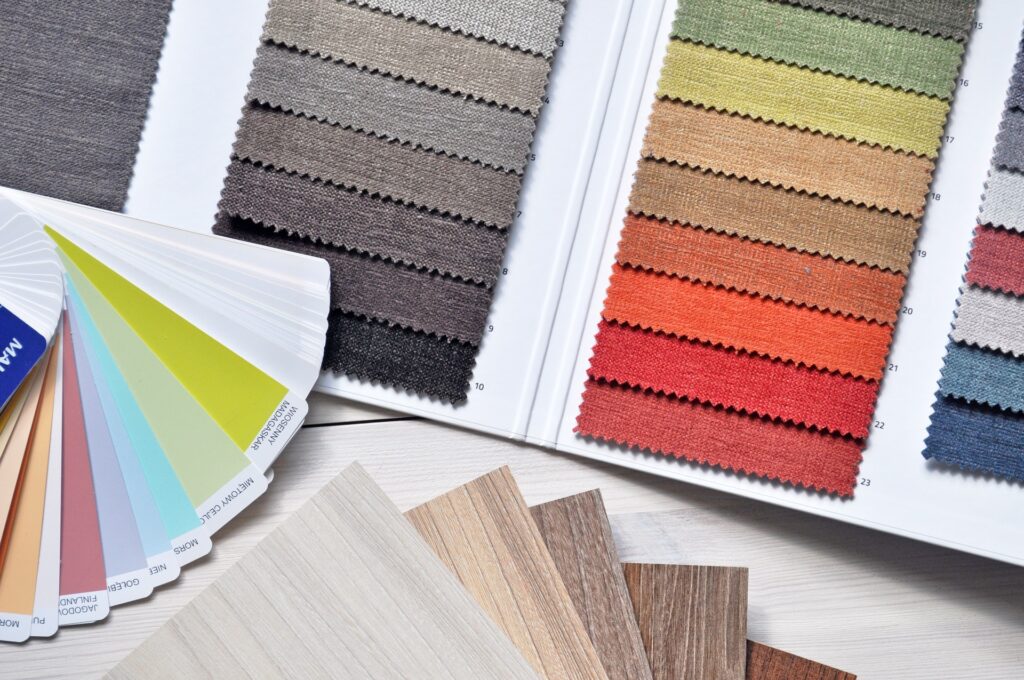
One great way to plan for a project is by creating a mood or design board. Canva is a user-friendly software that allows you to create designs using templates. I like to use the pre-designed design boards to layout different products, colors, and prints to see what works best in a room. In the planning phase, order wallpaper, fabric and paint samples. You may need to make modifications to finalize options, so get multiple options.
TIP: It’s better to try out six different gray paint samples, rather than two. The more options the better!
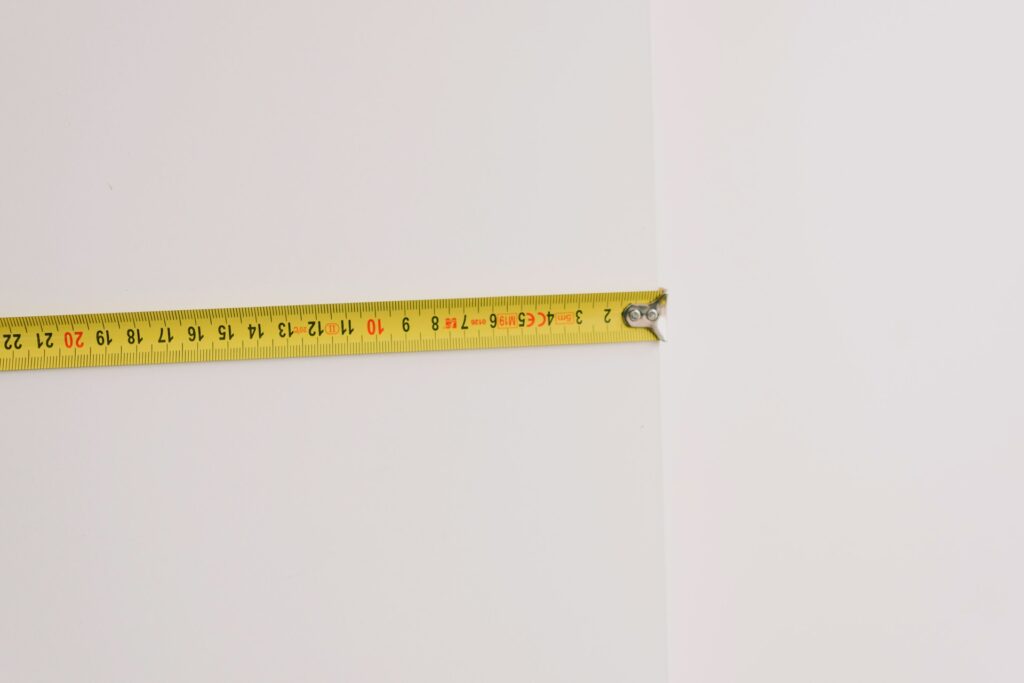
Measure, measure, measure! There is nothing like finding a piece you love, getting it home, and it won’t fit in the space. When I measure a room or area, I keep the measurements handy in my phone. I keep lists on my phone for a project anyway, and having measurements is very helpful. Of course, having a tape measure with you will also help, once you are out shopping. You can make sure your items will not only fit in your home but also your car. Ha! Yeah, don’t forget to measure your trunk to pickup larger pieces.
Don’t forget about one of the most important elements of designing a room – setting a budget! You don’t want to start shopping without a good budget in mind. To get an idea of what budget to set, research general prices of items you’ll be including in the room. Additionally, if you need to hire a professional for any project, set realistic ballpark figures. Be sure to have a small percentage as contingency in case you need to “up” your budget for favorite items or unexpected expenses. Keep a list of what you’re spending as you go, so you can ensure you don’t go over budget.
TIP: Be open to items that will make an impact in the room, but may also mean you have tweak your budget.

2. Complete room projects.
If you added any wall treatments to your design plan, now’s the time to do it. Whether it’s shiplap, a new wall color, bead-board, or wallpaper – now’s the time to do it. At this point, there is still some flexibility in your final design. If you hate the wall color you chose, you still have time to change it.
TIP: Don’t settle! You can’t get over the wrong paint color or wallpaper you hate.
Also, now is the time to hire a professional for any work, you’re unable to do. New lighting, painting, and plumbing are all projects that you may enlist the help of a professional for. If you’re feeling handy – tackle DIY projects. We installed faux shiplap, have done a ton of painting projects, built a barn door, and many other home projects. Remember, you can find out how to do ANYTHING online – just look it up.
TIP: Use keywords like “DIY” on YouTube, Google, and Pinterest, to find tutorials from everyday people.
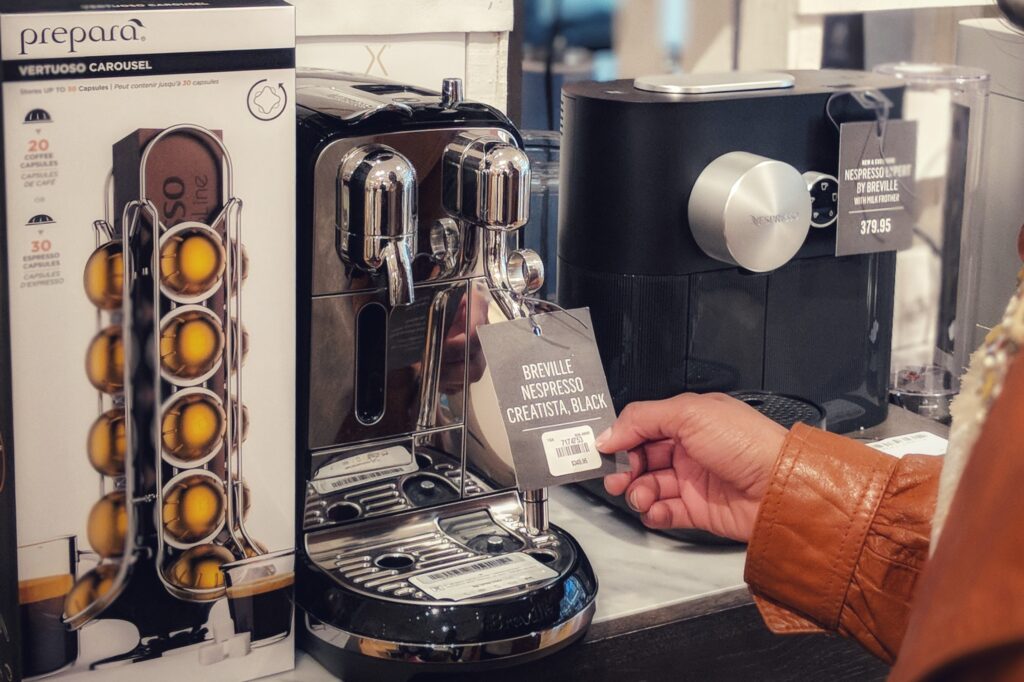
3. Shop
It’s time to shop for all the items you’ll need! The previous step and this one can be done simultaneously. For creativity purposes, I like to break up room project shopping and decor shopping. You can shop online, at local retailers, thrift shop, visit garage sales, and even shop your home for old and new items. If you’re handy, make what you can’t find as well. There are tons of videos and tutorials on how to make anything! By shopping online, you may find better pricing and a lot of more options. At garage sales or thrift stores, you’ll be able to find unique and budget-friendly items. I love to incorporate vintage items with new items, but you should design with what you love.
TIP: If you’re like me and enjoy “trying out” items before fully committing, make sure you know the return/exchange policy of the retailer.
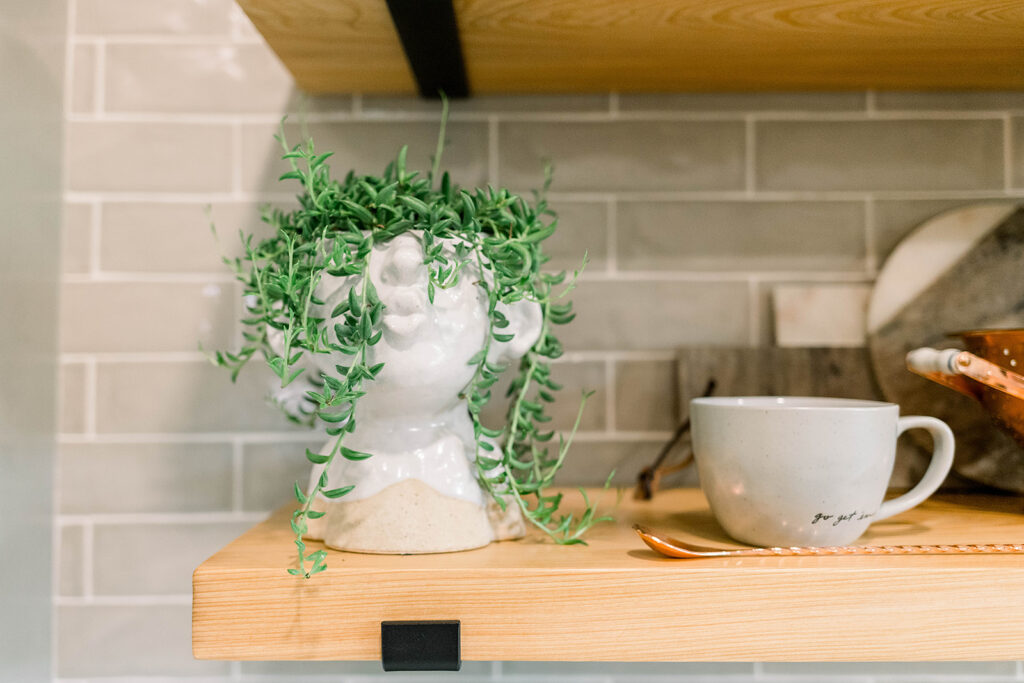
5. Add Plants or Flowers
Whether you use faux or real plants and flowers, doesn’t make a big difference. Not every room has sufficient lighting, so be open to faux or low-light plants there. Plants and color and life to a space. A kitchen, living room, or bedroom might be perfect for making a floral arrangement. There’s also an array of plants that do well with minimal sun, so do prior research on what plants fit with your room. My favorite plants to include a room are snake plants, Pothos, and fiddle leaf figs trees. You’ll be happy you added plants into your space.
TIP: Just don’t forget to water them! Read my my houseplant tips for success.
5. Style
You’ve planned so much, bought items, and now it’s time to see it all come together. Styling, is by far, my favorite part of designing a room. Yes, I enjoy the whole process, but there is nothing like seeing your whole plan come to life. I like to dedicate a few days to styling, to accommodate for last minute changes. You might not like the color throw you chose for the living room or you might need more decor pieces than you thought for shelf styling. Create vignettes/clusters of decor pieces to give the eye somewhere to land. Fluff the pillows, light the candles, set the plants.
TIP: Use the “rule of 3” to pull off a designer look.
With proper planning, you can create a functional and beautiful room. I’m not kidding when I say that planning and budget are the most important elements of this process. Focus on those two elements before you get too far in your project. Even if you have add phases to a project to accommodate budget, it will be worth it in the end. We got new kitchen floors about 4 years ago and just did a bigger kitchen makeover in the space. Phases work for bigger projects so embrace them. If you’re still lost after all my tips, setup a consultation with an interior designer. They can help give you a design board to outline taste-specific ideas. They can also provide helpful tips on your specific space. Then you can carry out the plan. There’s no wrong way to design a home.
No matter what path you take, design a space you love.
What’s the hardest part of designing a room? Let me know in the comments below!


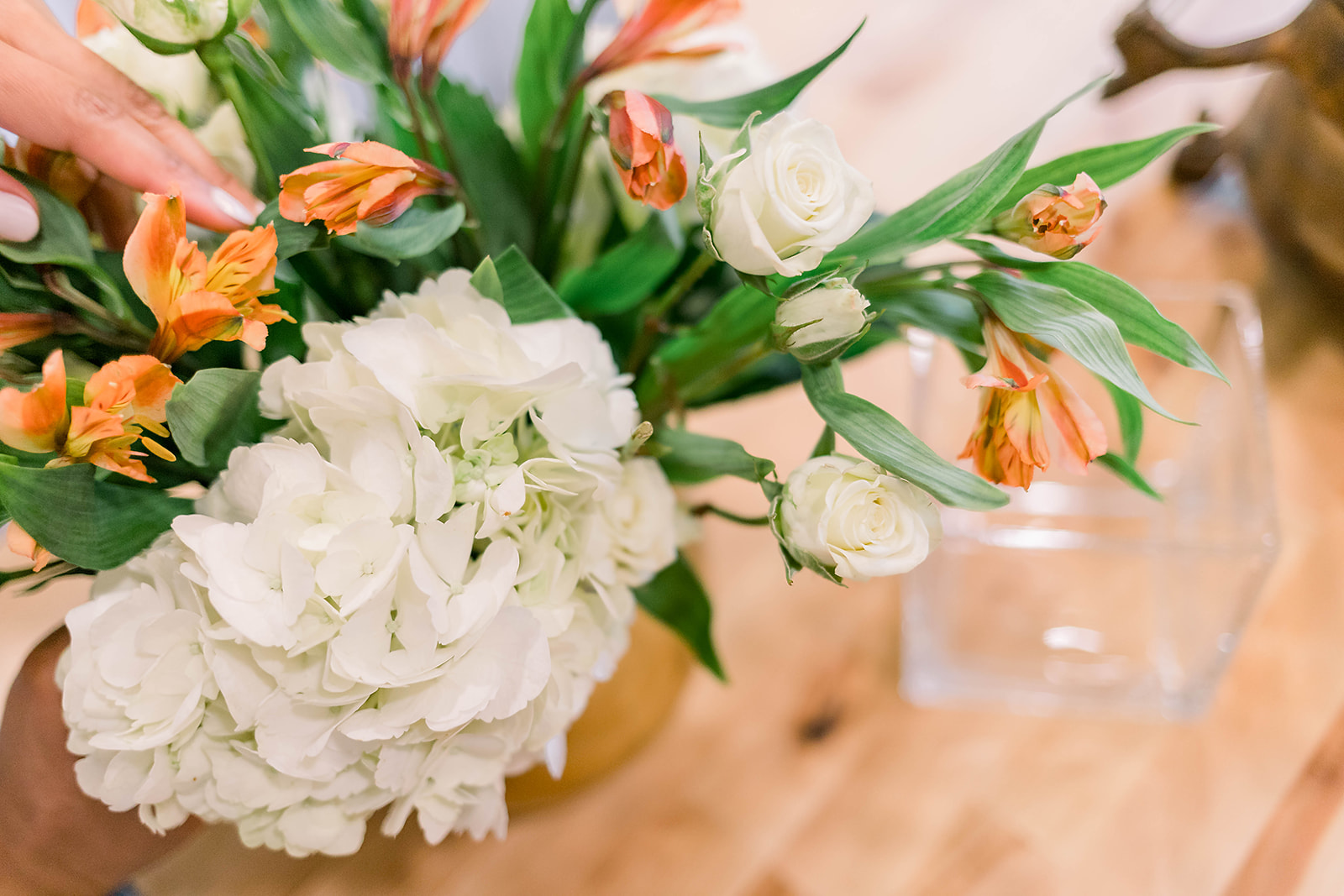
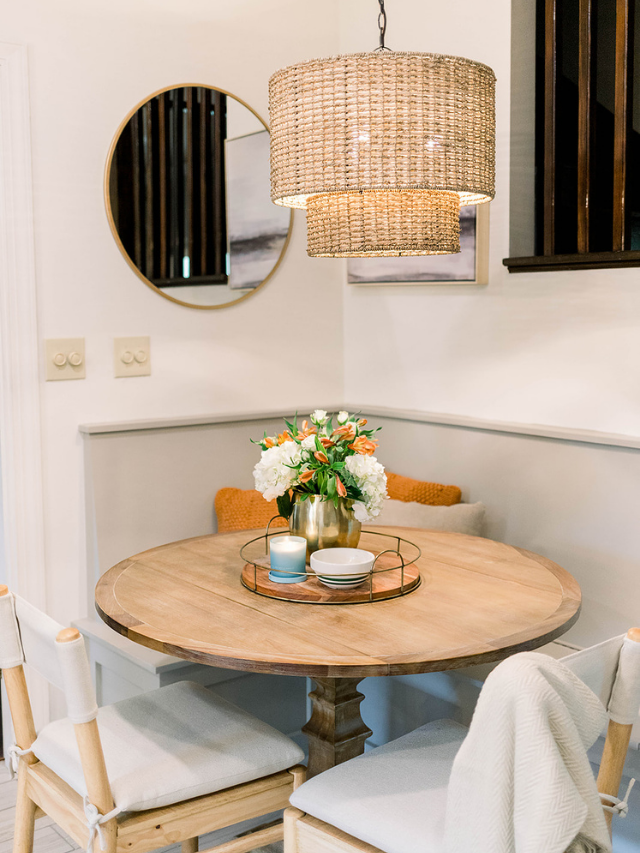
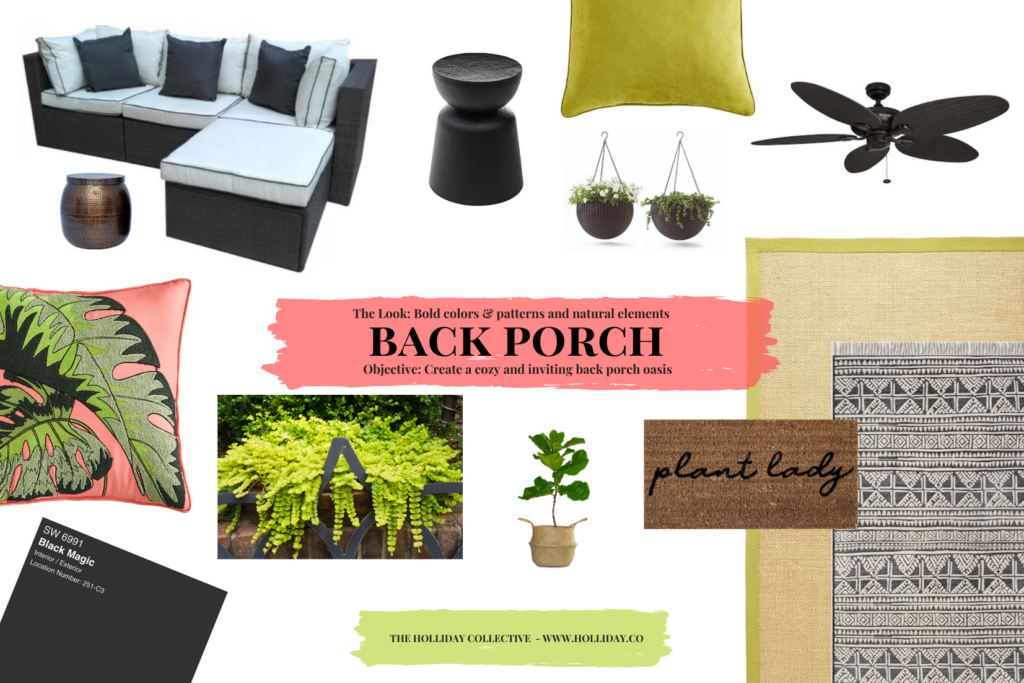

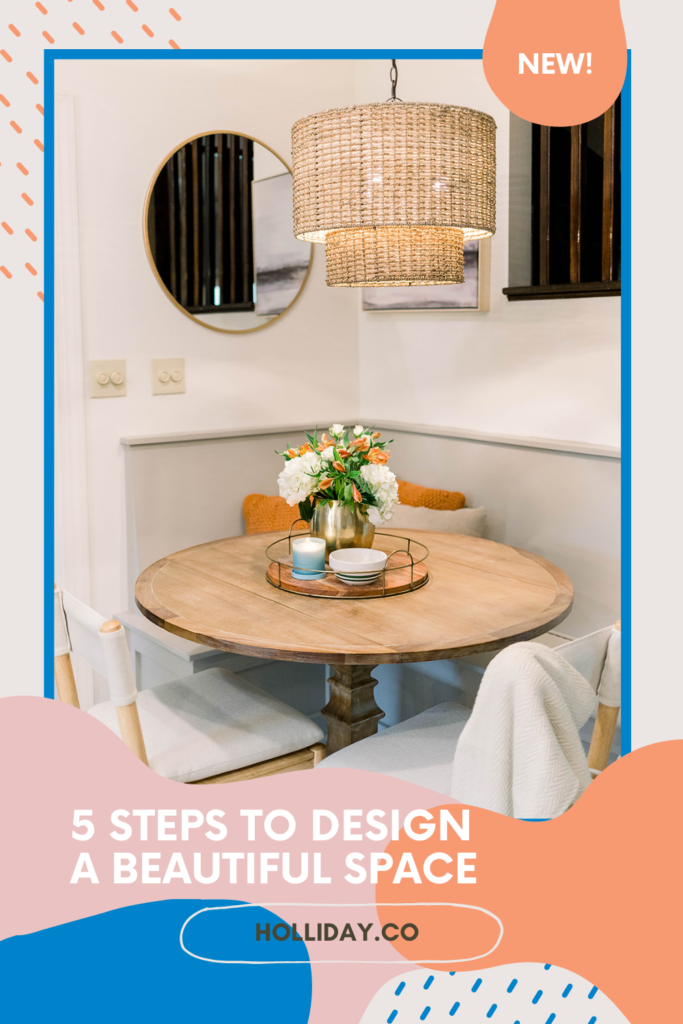



One Comment